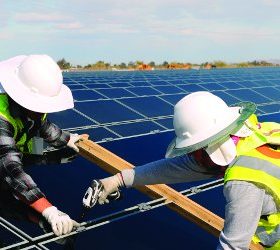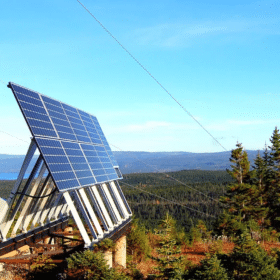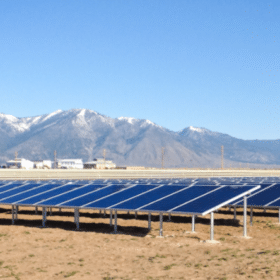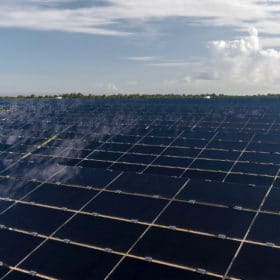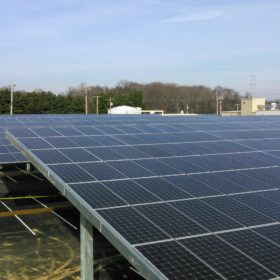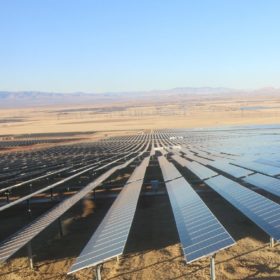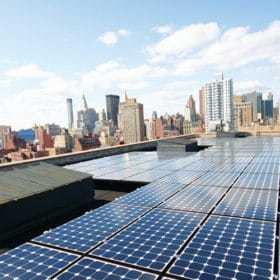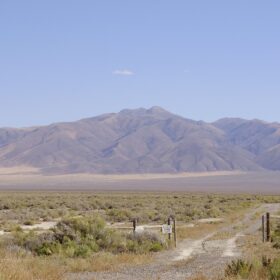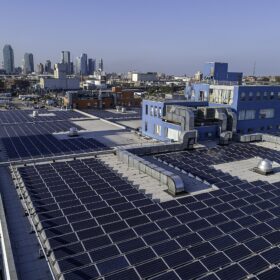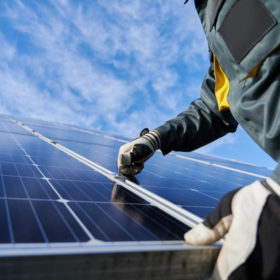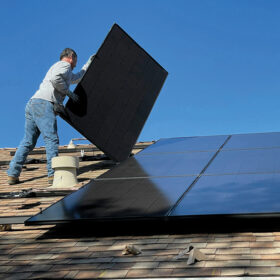Morning brief: First Solar settles $350M suit, assembly begins on Assembly Solar
Hello one and all to your usual Tuesday morning brief. Today we’ve got for you a CFO for SunPower spinoff, Maxeon, changes in the Canadian Solar Board and the sale of a solar project at a military base.
DNV projects 1,000 GW of solar power and 90% clean electricity for the USA and Canada
DNV’s report sees federal policy as muddled, but individual provinces, states and cities are pushing electrification of buildings and transportation, significant per-capita efficiency increases, 30% less energy use overall, and coal going away in just over a decade.
How will the US-Iran crisis impact the solar industry?
Four days after the drone attack ordered by the U.S. which killed Iranian power broker Qassem Suleimani, energy forecasting service AleaSoft said the price of Brent was rising again today. The potential shake out of rising oil costs for the solar industry is difficult to predict.
Morning Brief: Environmental approval for the country’s largest project, Roadrunner hits construction milestone
Welcome one and all to the morning brief. Today we’ve got for you RWE bringing 100 MW on-line in Texas, SolarEdge adding features to its online design tool and Sunnova raising funds to safe harbor equipment.
Florida municipal utilities should look to Florida Power & Light for guidance
Daren Goldin, CEO of Goldin Solar, describes the flaws in reasoning behind fixed-rate increase proposals and suggests that utilities instead focus on creating value for customers and exploring business models to benefit customers and their bottom lines.
Delmarva Power’s demand charges beaten by Delaware man
State regulators have sided with a man who filed a protest against the power company over an unlisted $500+ demand charge on his monthly electric bill.
SunCast Episode 211 – History of Shoals w/ Dean Solon & Ben Macias
In this episode of SunCast, Nico is joined by Dean Solon and Ben Macias of Shoals technologies to discuss how and why Dean started shoals, what makes Shoals tick and what keeps them at the bleeding and leading edge of the solar revolution.
Pragmatic projection sees solar power nearly tripling in roaring 2020s
NREL’s 2019 Standard Scenarios Report looks at 36 models to project what energy sources the USA might use going forward, and what variables might drive that – with the mid-case projections suggesting wind+solar power meeting 28% of all electricity demand.
St. Louis passes solar-ready construction mandate
All new commercial and residential buildings in the city must have reserved rooftop sections so that solar could be easily installed upon them if need be, according to a new law passed on December 23.
New York seeks successor to solar power net metering
The state commission is seeking to wean solar customers off of pure net metering charges, while starting to provide motivation to consider demand charges and time-of-use. Current net metering was extended by a year, so expect these changes to be in effect starting in 2021.
